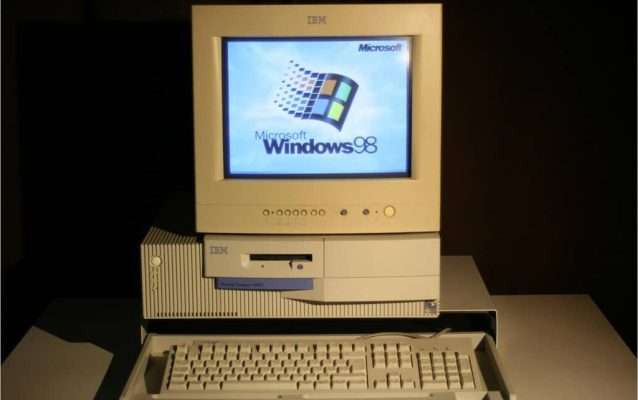
The title seems rather counterintuitive, doesn’t it? But it’s true.
We’re not the first ones with such an idea – as far as my research went, a student had designed these as well, and smaller plans do exist with less RAM for very specialized uses. However, no one else was (or is?) doing it like we are, at the time we’ve implemented this.
For years, many users had a nostalgia of the times they lived. But the truth is – most didn’t grew to be an expert on PCs or on these usages. They just wanted to get by with simple usage of their operating system, playing their favorite games, and… well… that’s that. Myself, I didn’t want to mess with emulators for PC systems, where you think you’ve configured all, then one issue arises and you have to solve it, then another one… it’s like playing whack-a-mole with a PC. Just like these times. And I honestly don’t want anyone else to have the same experience.
Nostalgia is golden – why would I change that, right?
And hence, VintageVPS was born. It’s still a little baby of mine, still in progress, but it’s the first offer of it’s kind. With substantial challenges comes a great reward – and we’ve been able to correctly emulate a Windows 9x system, have audio working by default using a workaround I’ve installed, using my audio editor/broadcaster background to improve that, and install the games layer which is provided by an amazing open-source solution called SoftGPU which is actually quite nice. Two Linux OSes of that time are also able to be launched, and ISOs do exist to install Windows 2000 (all of this under a BYOL model, of course), and other OS systems as well, which I’ve found working but for some reason didn’t allow me to replicate them to virtual machines images that nicely – an issue I’ve attempted to resolve already under QEMU+KVM some four times on Windows 2000.
The biggest challenge is not only making a viable OS exist – but also that image being capable of being replicated over and over again. And on OSes of that time, things were everything but consistent. Virtual machines weren’t nearly a thing (NT-wise, they were); Linux was pretty much still in its childhood, breaking everything occasionally like Debian’s Sid and Toy Story’s Sid (one and the same, of course); and it’s not easy, all of this.
However, with these three OSes (plus the two via CD), I think we’ve managed to give a good solution. And at the end of the day, these still are pure KVM – so anyone unsatisfied can give an ISO a spin and change to any other Linux distro that better fits them. Or upgrade to a MultiVPS offer, retaining their originally spent cash, so it’s not lost.
And for me, it’s all about providing just that – viable solutions to our customers. But I want to have more OSes displayed on a virtual machine method, and that… if it depends on me, it’ll be a question of time.
Tiago Pereira
Systems Administrator
C-Servers by Centerfield Ltd